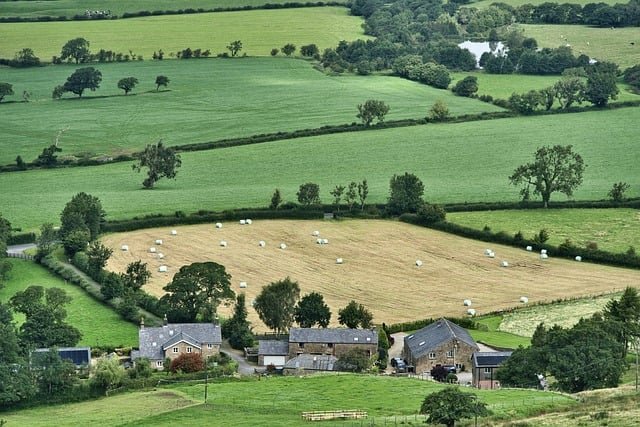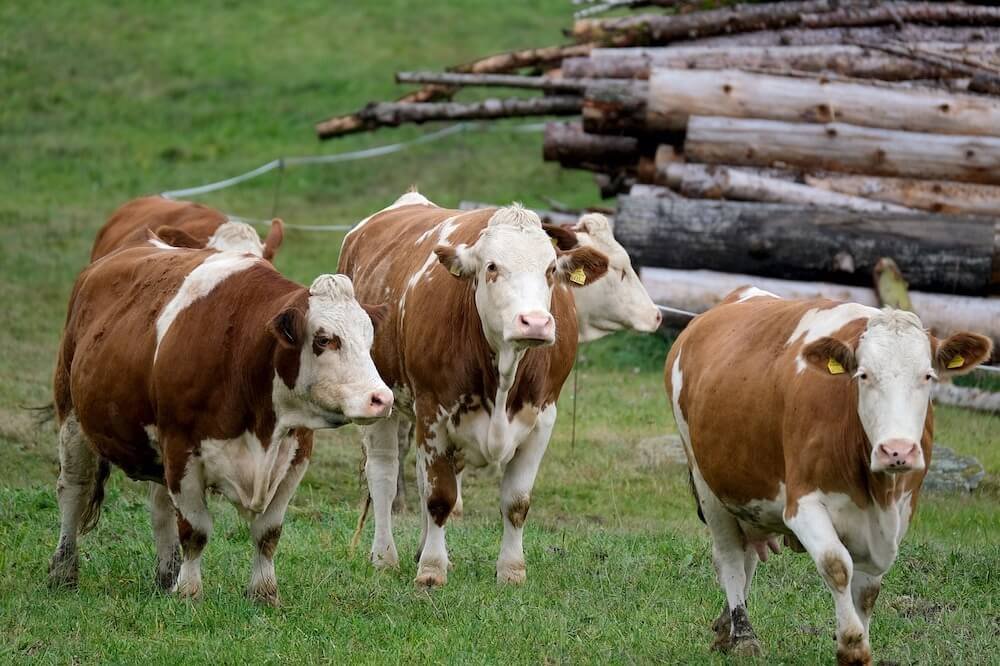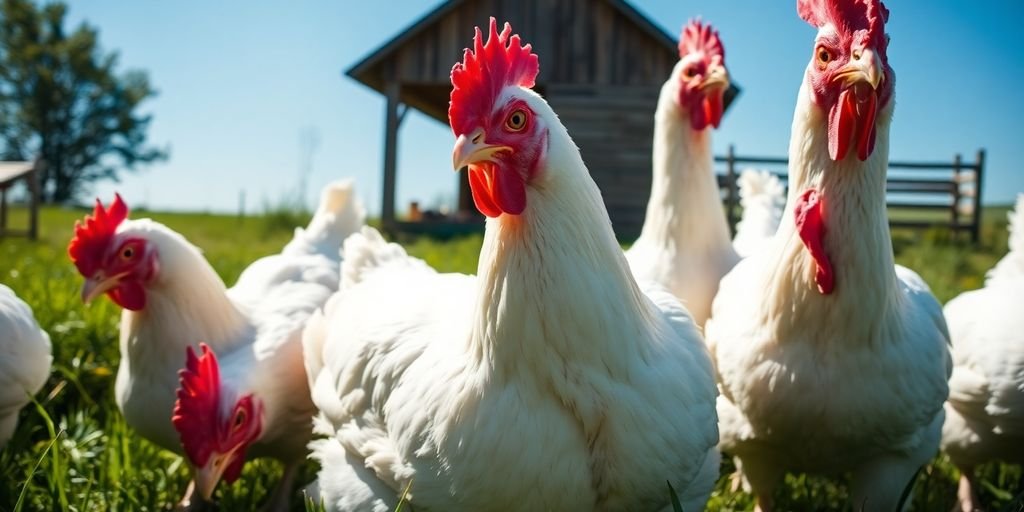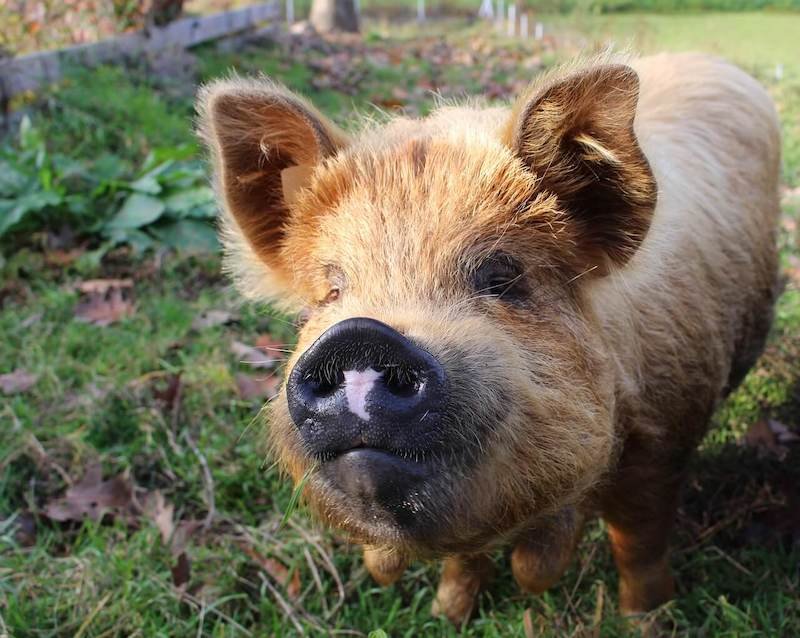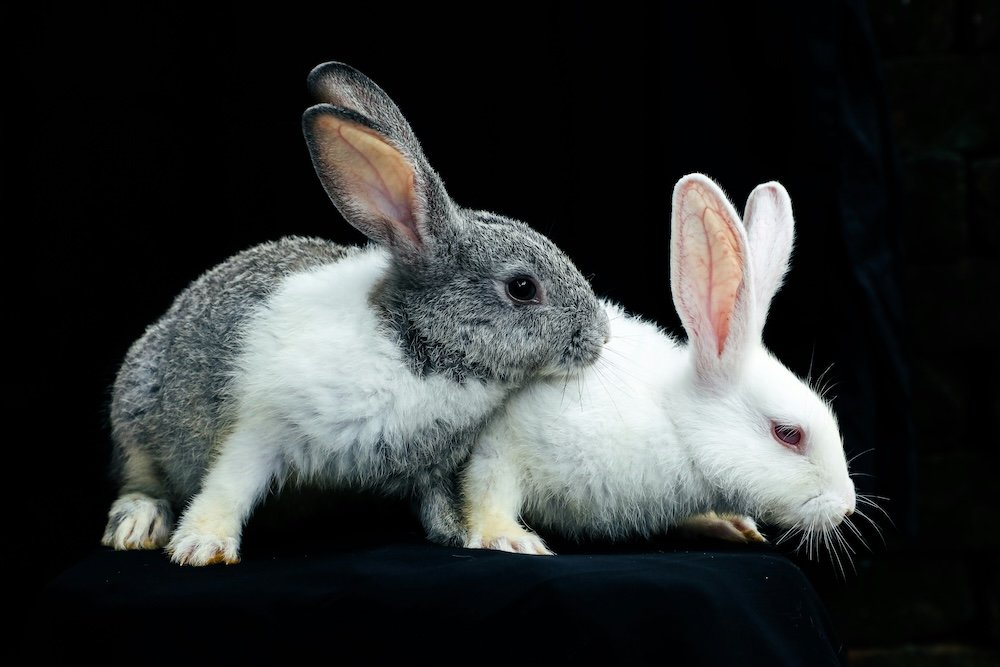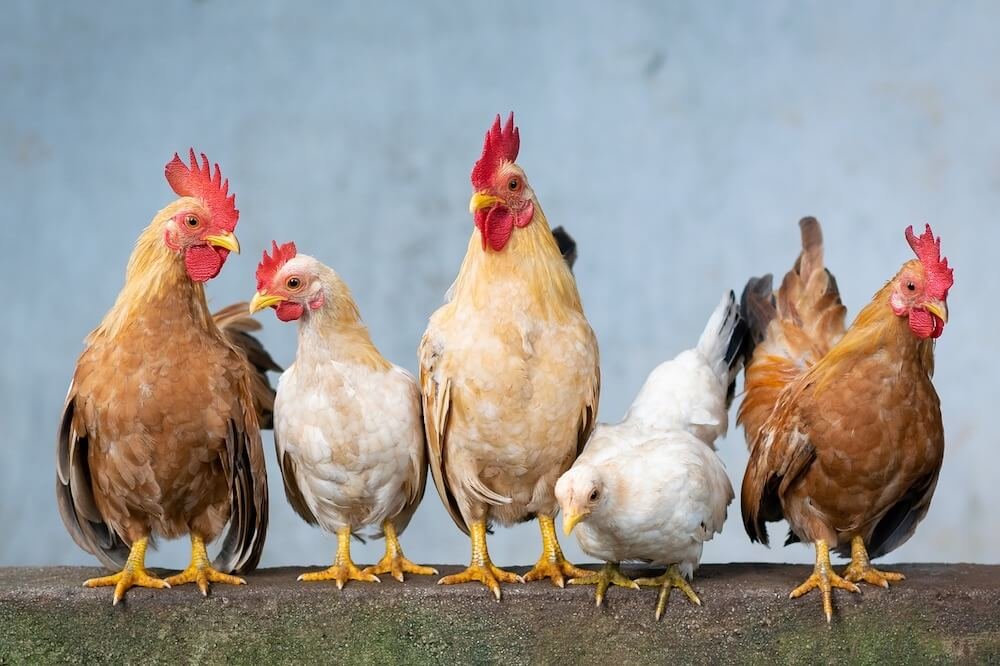Understanding the Modern Milk Cow: A Comprehensive Guide
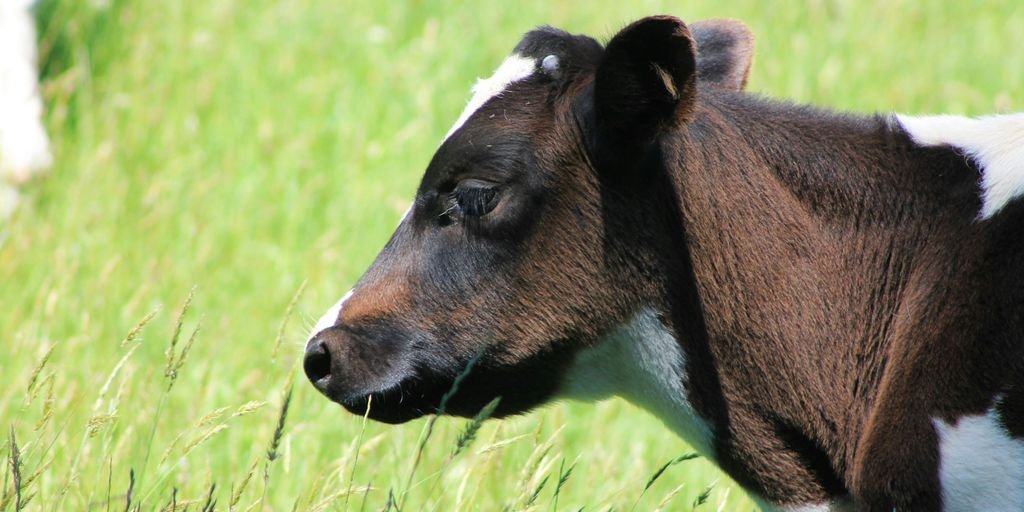
So, you’re thinking about getting a milk cow? That’s awesome! It’s a big step, but totally worth it for fresh milk right from your own place. This guide is here to walk you through everything you need to know, from picking the right cow to keeping her happy and healthy. We’ll cover all the basics so you feel ready for this fun adventure.
Key Takeaways
- Choosing the right milk cow involves thinking about whether a cow or goat fits your space and needs, and picking a breed that works for you.
- Feeding your milk cow properly means understanding different diets and giving her good quality food and supplements for her health and milk.
- To get milk, your cow needs to have a calf first. Planning when she gets pregnant can help with milk output.
- Milking a cow, whether by hand or machine, needs to be done carefully to keep the milk clean and safe for drinking.
- Keeping your milk cow well includes regular health checks, making sure she’s comfortable, and knowing what to do when she has a calf.
Choosing Your Perfect Milk Cow
So, you’re thinking about getting a milk cow? That’s awesome! It’s a big decision, but having fresh milk straight from your own animal is incredibly rewarding. Let’s walk through some key things to consider before you bring your bovine buddy home.
Deciding Between a Cow or a Goat
Okay, first things first: cow or goat? It’s a classic homesteading dilemma. Honestly, it really depends on your situation. Cows give you a lot more milk, but they also need a lot more space and feed. Goats are smaller and require less of everything, but their milk has a… distinct flavor that some people don’t love. If you don’t have room for a cow, there’s no shame in a dairy goat (or sheep) instead.
Here’s a quick rundown:
- Milk Quantity: Cows win, hands down.
- Space Requirements: Goats are the clear winner here.
- Feed Costs: Cows eat a lot more.
- Taste Preference: This is totally subjective. Try both if you can!
Ultimately, the best choice depends on your personal preferences, available space, and how much milk you actually need. Don’t be afraid to do some taste tests and see what works best for your family.
How Much Land Does a Milk Cow Need?
This is a big one. You can’t just stick a cow in your backyard and expect it to thrive. They need room to graze and roam. Generally, it’s recommended you have 2-5 acres per cow. And even though we have plenty of land, we still supplement with hay, especially during the winter months. The amount of land you need also depends on the quality of your pasture. Lush, green pastures will support more cows than dry, sparse ones. Consider these factors:
- Pasture Quality: Rich pasture means less supplemental feed.
- Climate: Drier climates may require more land per cow.
- Grazing Management: Rotational grazing can improve pasture utilization.
Selecting the Right Milk Cow Breed
Okay, so you’ve decided on a cow, and you’ve got the land. Now comes the fun part: picking a breed! There are tons of different dairy breeds out there, each with its own pros and cons. Holsteins are the workhorses of the dairy industry, known for their high milk production. However, their milk has a lower butterfat content. Our Oakley is a Brown Swiss, so I’m rather partial to them. The Brown Swiss is one of the oldest dairy breeds, and they are known for being kind and gentle. However, many homesteaders favor the smaller Jersey, which produces an impressive quantity of rich milk for its smaller size. Other good family milk cow options would be Guernseys or Dexters–a smaller breed that is making a comeback. If you are interested in choosing your breed based on their milk components and nutrition this article will be a big help.
Here’s a quick look at some popular breeds:
| Breed | Milk Production | Butterfat Content | Temperament | Size |
|---|---|---|---|---|
| Holstein | High | Low | Docile | Large |
| Jersey | Medium | High | Gentle | Medium |
| Brown Swiss | High | Medium | Calm | Large |
| Guernsey | Medium | High | Friendly | Medium |
| Dexter | Low | Medium | Hardy | Small |
Feeding Your Milk Cow for Optimal Health

We all want our milk cows to be healthy and productive, right? A big part of that is making sure they get the right nutrition. It’s not just about throwing some hay their way; it’s about understanding what they need and providing it consistently. Let’s get into the details.
Understanding Grass-Fed Versus Grain-Fed Diets
Okay, so what’s the deal with grass-fed versus grain-fed? Well, a grass-fed diet means your cow is primarily eating pasture grasses and hay. This can lead to milk with a different flavor profile and potentially higher levels of certain nutrients. On the other hand, a grain-fed diet often involves supplementing with grains like corn and soy to boost milk production. The choice really depends on your goals and what’s available to you.
- Grass-fed can be more sustainable if you have good pasture.
- Grain-fed can increase milk yield.
- Consider the nutritional differences in the milk.
The Importance of Quality Forages and Supplements
Forages are the foundation of any good dairy cow diet. Think of it as the base of the food pyramid for your cow. Quality hay, pasture grasses, and silage are all great options. But sometimes, forages alone aren’t enough. That’s where supplements come in. We might need to add minerals, vitamins, or even some extra protein to make sure our cows are getting everything they need. For example, if you are interested in choosing your breed based on their milk componets and nutrition, this article: Milk Components will be a big help.
A balanced diet is key. It’s not just about quantity; it’s about quality. We need to make sure our cows are getting the right balance of nutrients to stay healthy and produce good milk.
Balancing Nutrition for Milk Production
Balancing nutrition is like walking a tightrope. We want to push our cows to produce a good amount of milk, but we don’t want to sacrifice their health in the process. It’s about finding that sweet spot where they’re getting enough energy, protein, and other nutrients to support both milk production and their overall well-being.
Here’s a simple breakdown:
- Energy: Carbs and fats for milk production.
- Protein: Essential for growth and repair.
- Minerals & Vitamins: Crucial for overall health.
| Nutrient | Why It’s Important | Sources |
|---|---|---|
| Calcium | Bone health, milk production | Alfalfa, supplements |
| Phosphorus | Metabolism, bone health | Grains, supplements |
| Protein | Growth, milk production | Legumes, soybean meal |
Breeding for a Bountiful Milk Supply

The Necessity of Breeding for Milk Production
Let’s get one thing straight: a cow only gives milk after she’s had a calf. It’s just how nature works. The lactation cycle is triggered by pregnancy, and without it, there’s no milk. So, if you’re dreaming of fresh milk every morning, breeding is non-negotiable. We need to think of breeding as the engine that keeps the whole milk production system running. No breeding, no engine, no milk!
Strategic Breeding for Enhanced Milk Production
Okay, so we know breeding is a must. But it’s not just about getting a cow pregnant; it’s about strategic breeding. We’re talking about choosing the right bull (or using artificial insemination [AI]) to improve your herd’s genetics. Think about it: some cows are just naturally better milk producers than others. By carefully selecting for traits like milk yield, fat content, and overall health, we can gradually improve the quality and quantity of milk our cows produce. Genetic advancements are increasingly responsible for improvements in milk production, accounting for over 70% of gains by 2022. Check out genetic potential for more information.
Here’s a few things to consider:
- Record Keeping: Keep detailed records of each cow’s milk production, health, and breeding history. This data is invaluable for making informed breeding decisions.
- AI vs. Natural Breeding: AI gives you more control over genetics, allowing you to select from a wider pool of bulls. Natural breeding is simpler but offers less control.
- Consult an Expert: Don’t be afraid to seek advice from a veterinarian or breeding specialist. They can help you develop a breeding plan tailored to your specific goals and resources.
Strategic breeding isn’t just about more milk; it’s about healthier, more resilient cows. By focusing on traits like disease resistance and longevity, we can build a herd that thrives for years to come.
When to Get a Cow Pregnant for Maximum Output
Timing is everything, especially when it comes to breeding. We want to aim for a calving interval of about 12-13 months. This means getting your cow pregnant again roughly 2-3 months after she calves. This timeframe allows for a good balance between milk production and recovery time for the cow. If we wait too long, we’ll have a gap in milk production. If we breed too soon, we risk stressing the cow and reducing her overall health and milk yield. It’s a delicate balancing act, but with careful planning and observation, we can maximize our milk output while keeping our cows happy and healthy.
Here’s a simple table to illustrate the ideal timeline:
| Event | Timeline (After Calving) |
|---|---|
| Peak Lactation | 2-3 months |
| Breeding Window | 2-3 months |
| Dry Period | 2 months before calving |
Milking Your Milk Cow: From Udder to Fridge
Milking is a big part of owning a milk cow. It’s how we get that delicious, fresh milk from the udder to our fridge. It might seem daunting at first, but with a little practice, it becomes a routine. We’ll walk through the steps, from preparing the cow to safely storing the milk.
The Art of Hand Milking
Hand milking is a skill that takes time to master, but it’s totally achievable. The key is to be gentle and consistent. Before you start, make sure you have a clean bucket and a comfortable milking stool. Here’s a basic rundown:
- Wash the cow’s udder with warm water and dry it with a clean towel. This helps prevent dirt from getting into the milk.
- Sit comfortably next to the cow, placing the bucket within easy reach.
- Squeeze the teat gently but firmly, using your thumb and forefinger to close off the top of the teat, then squeeze with the rest of your fingers to push the milk out. Avoid pulling on the teat.
- Repeat this rhythm until the udder is empty. It usually takes about 5-10 minutes per side, but it varies.
It’s important to be patient and understanding, especially when you’re first starting out. The cow needs to get used to the process, and you need to find a technique that works for both of you. Talk to your cow, keep her calm, and she’ll be more cooperative.
Keeping Your Milk Clean and Safe
Cleanliness is super important when it comes to milking. We want to keep the milk free from bacteria and contaminants. Here are some tips:
- Use stainless steel buckets, as they are easy to sanitize.
- Filter the milk immediately after milking using a milk filter or cheesecloth to remove any sediment.
- Cool the milk down as quickly as possible. We use an ice bath to bring the temperature down to below 40°F (4°C) within an hour.
- Store the milk in clean, sanitized glass jars or stainless steel containers in the refrigerator.
To Pasteurize or Not to Pasteurize?
Pasteurization is the process of heating milk to kill harmful bacteria. Whether or not to pasteurize is a personal choice. Here’s a quick look at the pros and cons:
- Pasteurization: Kills harmful bacteria, extends shelf life.
- Raw Milk: Contains natural enzymes and beneficial bacteria, some people prefer the taste.
If you choose to drink raw milk, it’s extra important to follow strict hygiene practices during milking and handling. If you’re unsure, pasteurization is a safe option. Ultimately, the decision is up to you and what you feel comfortable with. You can find more information about raw milk safety online to help you decide.
Ensuring Your Milk Cow’s Well-being
Preventive Health Care for Your Milk Cow
We all want our cows to live long, healthy lives! A big part of that is preventive health care. Think of it like going to the doctor for a check-up – we need to do the same for our cows. This means regular vaccinations to protect against common diseases. We also need to have a strict deworming regimen in place to keep those pesky parasites away. And don’t forget regular check-ups with the vet! Catching problems early can make a huge difference.
- Vaccinations
- Deworming
- Regular vet check-ups
The Importance of Cow Comfort
Happy cows produce more milk – it’s that simple! And a big part of happiness is comfort. We need to make sure our cows have a clean, dry place to rest. Good ventilation is also key to prevent respiratory problems. And don’t underestimate the importance of space! Cows need enough room to move around freely and socialize. A stressed cow is not a productive cow.
Providing a stress-free environment is really important. Think about it – would you want to live in a cramped, dirty space? Neither does your cow! A comfortable cow is a healthy cow, and a healthy cow is a productive cow.
Handling Calving: What to Expect
Calving is a big event, both for the cow and for us! It’s important to be prepared and know what to expect. The calving environment should be clean and quiet. We need to watch the cow closely for any signs of trouble. And it’s always a good idea to have the vet’s number handy, just in case. Knowing when to intervene and when to let nature take its course is crucial.
Here’s a quick guide:
- Make sure the calving area is clean and dry.
- Observe the cow closely for signs of labor.
- Call the vet if you notice any complications.
Life with a Single Milk Cow
Can a Milk Cow Be Happy Alone?
Cows are herd animals, no doubt about it. They thrive on companionship. But what if you only have space, time, or resources for one? Can a milk cow be happy alone? The short answer is: it depends. Cows are social creatures, but they can adapt. We’ve had times when we only had one cow, and she seemed perfectly content hanging out with our goats or horses. It’s all about providing enough stimulation and interaction.
- Regular interaction with you is key.
- Consider getting other animals for companionship.
- Make sure she has plenty of space to roam and graze.
A lonely cow is not a productive cow. Make sure your cow has enough attention and interaction to keep her happy and healthy. This might mean more time spent with you, or finding her some animal friends.
Integrating Your Milk Cow with Other Animals
If you’re not getting another cow, think about other animals that could become your milk cow’s buddies. Goats, sheep, horses, even chickens can provide some level of companionship. The key is to introduce them slowly and supervise their interactions at first. We’ve found that our cows get along great with our goats, and they often graze together peacefully. Just be mindful of different species’ needs and ensure everyone has enough space and resources. For example, make sure the cow doesn’t eat all the chicken feed! It’s also important to consider the safety of smaller animals around a much larger cow. A good fence and careful observation can prevent accidents. Consider the benefits of cow ownership before integrating your milk cow with other animals.
Managing Your Time with a Milk Cow
Owning a milk cow is a commitment, there’s no way around it. It takes time to milk, feed, and care for her. But it doesn’t have to take over your entire life. We’ve learned to manage our time effectively by establishing a routine and involving the whole family.
- Set a consistent milking schedule.
- Prepare feed and supplies in advance.
- Delegate tasks to other family members.
It’s also important to be realistic about how much time you can dedicate to your cow. If you’re already stretched thin, owning a milk cow might not be the best fit. But if you’re willing to make the time, it can be a rewarding experience. Remember, flexibility is key. Life happens, and sometimes you’ll need to adjust your schedule. Don’t be afraid to ask for help from friends or neighbors when you need it.
Maximizing Milk Production and Quality
Understanding Milk Components: Fat and Protein
When we talk about milk quality, it’s not just about the volume. The components of milk, specifically fat and protein, play a huge role in determining its value and nutritional content. Different breeds naturally produce milk with varying levels of fat and protein. Also, what a cow eats directly impacts these levels. For instance, a diet rich in fiber can boost milk fat, while adequate protein intake supports higher protein content in the milk. Knowing what your target levels are and adjusting feed accordingly is key.
Factors Influencing Milk Yield
So, what makes one cow produce more milk than another? It’s a mix of things, really. Genetics play a big part – some cows are just naturally predisposed to higher yields. But management practices are just as important. Here’s a few things we’ve learned:
- Nutrition: A well-balanced diet is non-negotiable. Cows need enough energy, protein, and fiber to support milk production.
- Health: A healthy cow is a productive cow. Regular check-ups, vaccinations, and parasite control are essential.
- Milking Frequency: Milking more often can stimulate higher milk production, but it needs to be balanced with the cow’s well-being.
- Environment: Stress can reduce milk yield. Providing a comfortable, clean, and safe environment is crucial.
We’ve found that keeping detailed records of each cow’s milk yield, feed intake, and health status helps us identify areas for improvement. It’s all about finding the right balance for each individual animal.
Pushing Production Versus Sustainable Practices
It’s tempting to push our cows to produce as much milk as possible, but we’ve learned that sustainability is the better long-term approach. Over-milking can lead to health problems, reduced fertility, and a shorter lifespan for the cow. It’s a balancing act. We aim for high production, but not at the expense of the cow’s well-being. This means focusing on preventive health care, providing a comfortable environment, and ensuring they have a good quality of life. Sustainable practices not only benefit the cows but also lead to more consistent and reliable milk production over time.
The Journey of a Milk Cow: From Calf to Retirement
Training a Heifer to Be a Milk Cow
Okay, so you’ve got a young heifer and dreams of creamy milk dancing in your head. But hold on, there’s a bit of training involved before she’s ready to be your star producer. We usually start handling our heifers early, getting them used to human touch and the sounds of the farm. This makes the whole process way less stressful for everyone involved. Think of it as building trust. We spend time just petting them, leading them around, and getting them comfortable with a halter. The goal is to make her feel safe and secure around us. It’s a gradual process, but it pays off big time when it’s time to introduce her to the milking routine. You can find more information on training a heifer online.
Caring for a Cow and Her Calf
There’s something truly special about watching a cow care for her calf. It’s a bond like no other. After calving, we make sure both mom and baby are doing well. We ensure the calf nurses quickly to get that all-important colostrum, which is packed with antibodies. We keep a close eye on them for the first few days, making sure the calf is gaining weight and the cow is recovering well. We also provide a clean, dry, and safe environment for them.
It’s important to remember that a healthy calf means a healthy future milk cow. We handle the calf regularly, getting it used to human interaction, but always respecting the bond between mother and calf. It’s a delicate balance, but so rewarding to witness.
Here are some things we always keep in mind:
- Make sure the calf gets colostrum within the first few hours.
- Provide a clean and dry environment.
- Monitor the calf’s weight and health closely.
Knowing When to Retire Your Milk Cow
This is probably one of the hardest decisions we have to make. Our milk cows become part of the family, and the thought of them not being around is tough. But there comes a time when it’s in the cow’s best interest to retire. We usually start considering retirement when we notice a decline in milk production, increased difficulty calving, or signs of age-related health issues. Commercial dairy farms often retire cows around 6-7 years old, but family milk cows can often live and produce comfortably until 10-12 years old. It really depends on the individual cow and how well she’s been cared for. When we do decide to retire a cow, we make sure she has a comfortable place to live out her days, with plenty of food, water, and companionship. It’s our way of saying thank you for all the years of milk and love. It’s important to consider milk components when making this decision.
Essential Equipment for Your Home Dairy

So, you’re thinking about setting up your own little home dairy? That’s awesome! But before you bring your milk cow home, let’s talk about some of the equipment we’ve found to be super helpful. It’s not just about the cow; it’s about having the right tools to make the whole process smooth and enjoyable.
Milking Equipment for the Home Dairy
Okay, first things first: milking. Whether you’re planning to hand milk or use a machine, you’ll need some basics. For hand milking, we recommend a good, sturdy milking bucket – stainless steel is easy to clean and sanitize. If you’re going the machine route, research different models to find one that fits your herd size and budget. Don’t forget the inflations (the rubber parts that attach to the teats); they’ll need replacing periodically. And no matter which method you choose, always have a reliable strip cup to check for any abnormalities in the milk before you start.
Here’s a quick list of essentials:
- Milking bucket (stainless steel)
- Strip cup
- Sanitizing solution
- Udder wash
- Optional: Milking machine
Do You Need a Stanchion?
This is a question we get asked a lot. A stanchion, or milking stand, isn’t strictly necessary, but it can make life a whole lot easier, especially when you’re first training your cow. It provides a safe and secure place for her to stand during milking, which can reduce stress for both of you. If you’re handy, you can even build your own! If you decide against a stanchion, make sure you have a calm and quiet space where your cow feels comfortable.
We found that using a stanchion really helped us establish a routine with our cow. It gave her a sense of security and made the milking process much more predictable. Plus, it saved us from a few kicks in the early days!
Handling and Storing Your Fresh Milk
Once you’ve got that beautiful, fresh milk, you need to handle it properly to keep it safe and delicious. Invest in some high-quality milk filters to remove any sediment or debris. Glass jars or stainless steel containers are ideal for storage. Cool the milk down as quickly as possible – an ice bath works great – to prevent bacterial growth. And remember, cleanliness is key! Sanitize all your equipment thoroughly before and after each milking. Proper storage is key to maintaining the quality of your milk.
Here’s a simple guide for milk storage:
- Filter the milk immediately after milking.
- Use glass or stainless steel containers.
- Cool the milk rapidly to below 40°F (4°C).
- Store in the refrigerator for up to 7 days.
Learning More About Your Milk Cow
Recommended Resources for Milk Cow Owners
We’ve found that owning a milk cow is a continuous learning experience. There’s always something new to discover, whether it’s about breeds, feed, or milking techniques. One of the best ways to expand your knowledge is by tapping into the wealth of resources available.
- Books: Look for comprehensive guides on dairy farming, even small-scale ones. They often cover everything from basic care to advanced breeding strategies.
- Websites and Blogs: Many websites are dedicated to homesteading and small-scale dairy farming. These can provide up-to-date information and practical tips.
- Workshops and Seminars: Consider attending workshops or seminars offered by agricultural extension offices or local farming organizations. These events provide hands-on learning opportunities and a chance to network with other enthusiasts.
Don’t be afraid to ask questions! Experienced farmers and breeders are often willing to share their knowledge and insights. Learning from others’ successes and mistakes can save you time and effort in the long run.
Connecting with Other Home Dairy Enthusiasts
Owning a milk cow can sometimes feel isolating, especially if you don’t have other farmers nearby. That’s why connecting with other home dairy enthusiasts is so important. Sharing experiences, asking for advice, and celebrating successes together can make the journey much more enjoyable. Consider joining a local dairy association to connect with other enthusiasts.
- Online Forums and Social Media Groups: These platforms provide a space to ask questions, share tips, and connect with people who share your passion.
- Local Farming Groups: Joining a local farming group can provide opportunities to meet other farmers in your area, attend events, and learn from their experiences.
- Attend Agricultural Fairs and Shows: These events are a great way to see different breeds of cows, learn about new products and services, and connect with other enthusiasts.
Embracing the Adventure of Owning a Milk Cow
Owning a milk cow is an adventure filled with challenges and rewards. It requires dedication, patience, and a willingness to learn. But the rewards – fresh milk, homemade butter, and a deeper connection to the land – are well worth the effort. Embrace the journey, and don’t be afraid to experiment and find what works best for you and your cow. Here are some things to keep in mind:
- Be Patient: It takes time to learn the ropes and develop a routine that works for you and your cow.
- Be Flexible: Things don’t always go as planned, so be prepared to adapt and adjust your approach as needed.
- Celebrate the Small Victories: Whether it’s successfully milking for the first time or making a delicious batch of cheese, take time to appreciate your accomplishments.
Wrapping Up Our Cow Talk
So, we’ve gone over a lot about milk cows, right? From what they eat to how much milk they give, and even how to keep them happy. It’s pretty clear that having a milk cow is a big deal, a real commitment. But, for folks who are into homesteading or just want to know where their food comes from, it’s totally worth it. It’s not always easy, and you’ll learn a ton along the way. But getting fresh milk right from your own place? That’s a pretty cool feeling. It’s a journey, for sure, and one that many people find really rewarding.
Frequently Asked Questions
Should I get a cow or a goat?
It really depends on your situation. If you have plenty of space, a cow can give you a lot of milk, but if your property is smaller, a goat might be a better fit. My article “Cow vs. Goat” can help you decide what’s best for you.
How much land do I need for a milk cow?
You’ll generally need about 2 to 5 acres of land per cow, depending on the quality of your pasture. We have less land, but we make it work by carefully managing our grazing areas.
Do you have to breed a cow to get milk?
Yes, a cow needs to have a calf to start making milk. Most people breed their cows every year to keep the milk flowing, but a cow can keep producing milk for several years after one calf if you keep milking her.
Can I have just one cow, or do I need a whole herd?
Cows are social animals and like being with other cows. However, we’ve had times when we only had one cow, and she was perfectly happy hanging out with our goats or horses.
How much milk do you get from a cow?
You can get a lot! The exact amount depends on the cow and what she eats. After we wean the calf and milk twice a day, I usually get 3 to 4 gallons daily. If we fed her more grain, she could produce even more.
How do I keep the milk clean?
I clean the cow’s udder and belly before milking to prevent dirt from getting into the milk. Even with care, some bits might get in, but I just strain the milk. If something really bad happens, like a cow kicking over the bucket, that milk goes to the chickens!
Do you have to pasteurize the milk?
No, you don’t have to pasteurize it. Many home dairy owners, including me, enjoy fresh, raw milk. There are tips available on how to safely handle raw milk if you choose not to pasteurize.
At what age should you retire your milk cow?
Commercial dairy cows usually retire around 6-7 years old, but a family milk cow can keep going until 10-12 years old. It depends on the cow and how well she handles having calves each year. If she starts having trouble, it might be time for her to retire.




